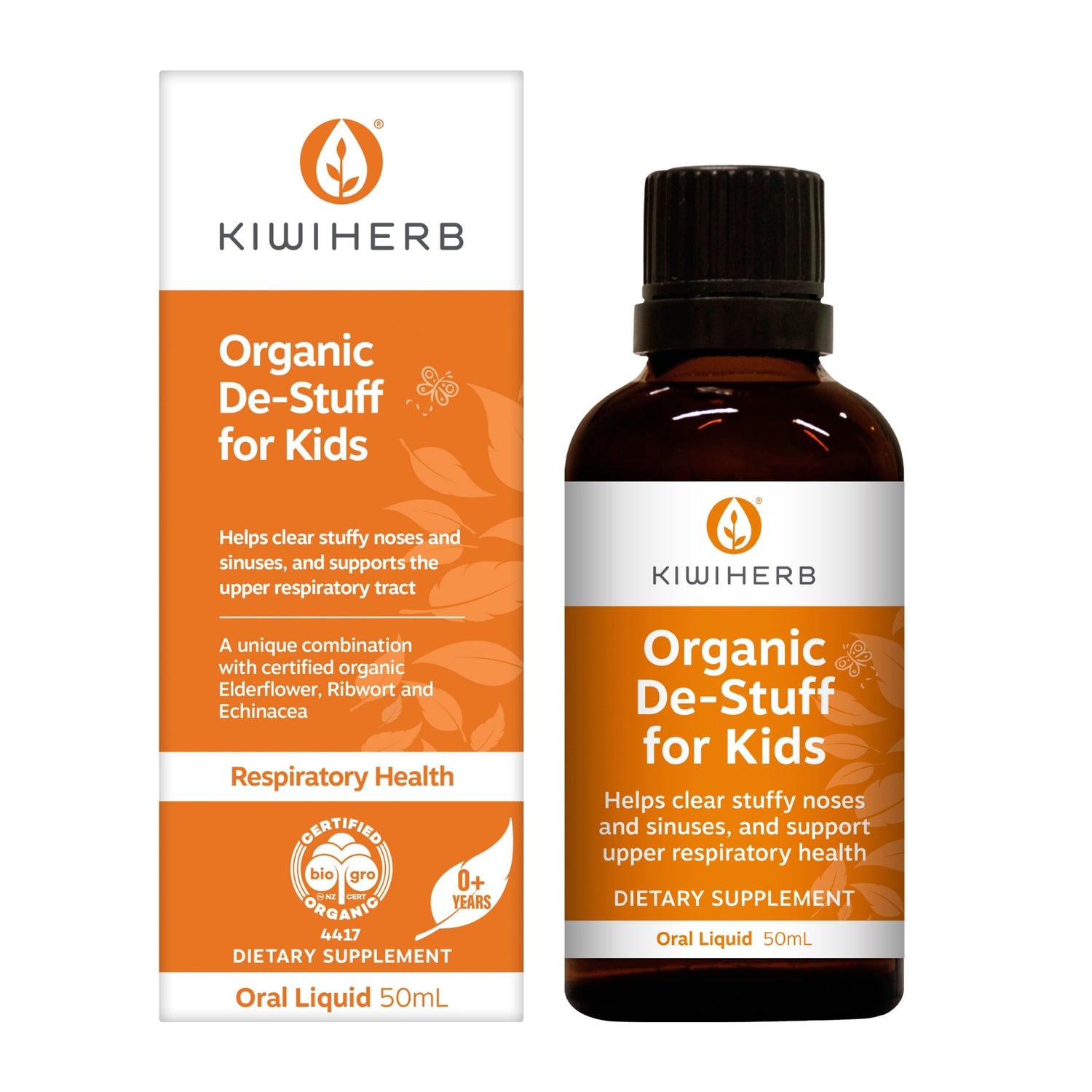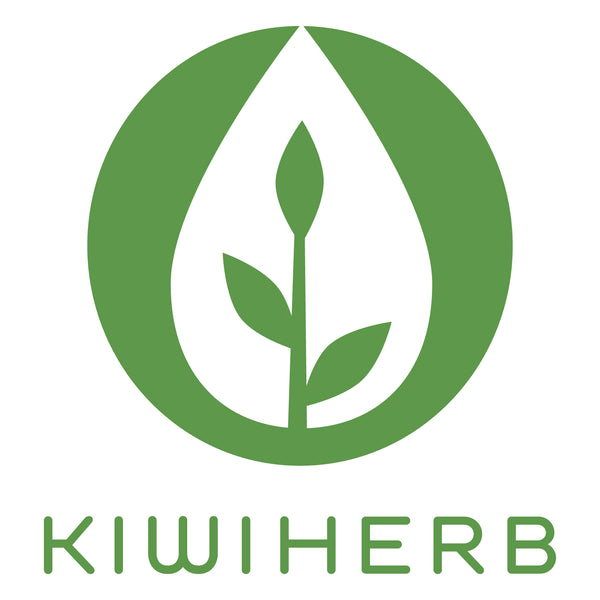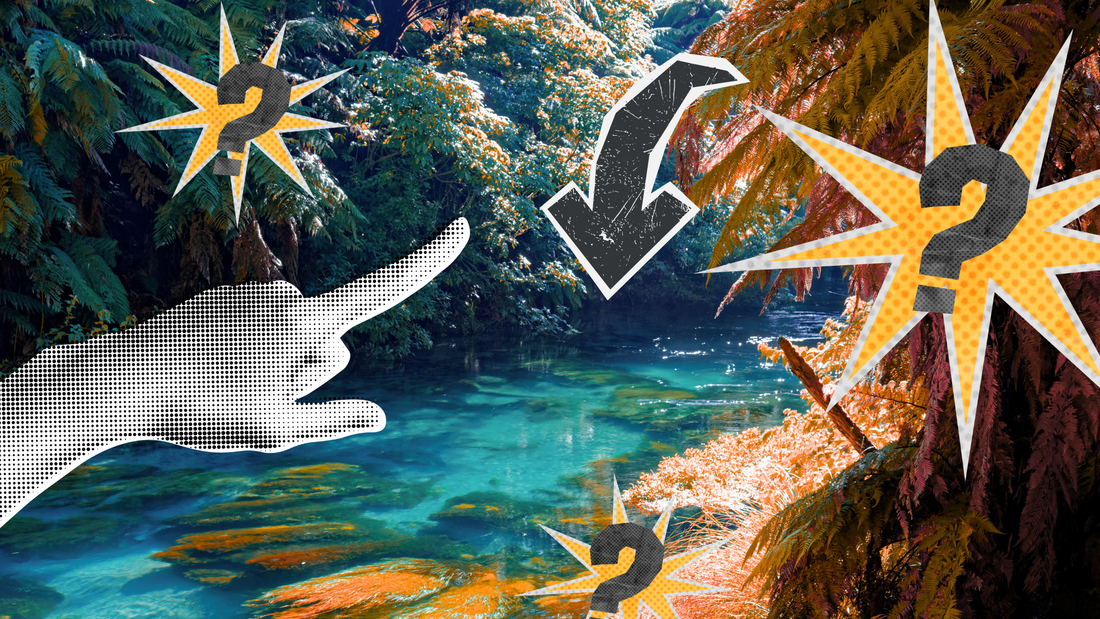A guide to New Zealand native herbs
Long days at the beach, balmy nights, bush walks, backyard BBQs, and quality time with loved ones, are the hallmarks of a good summer. Kiwis embrace this season with open arms. While summer brings endless splendours, it is not without challenges. From sun overexposure and insect bites, to digestive upsets and the fatigue that comes from packing the days with adventure, the solution is often found in nature.
New Zealand boasts an array of powerful native plants that offer support for summer wellness. Looking to the wisdom of Rongoā Māori (traditional Māori medicine), these herbs have been used for generations to support immunity, soothe the skin, aid digestion, nourish the nervous system and boost energy.
Kawakawa
Kawakawa an iconic New Zealand native herb, treasured in Rongoā Māori for its extensive healing properties. Traditionally the leaves were stepped in hot water and drunk as tea. This was to soothe digestive discomfort, ease rheumatic pain, support kidney function and as a general tonic for overall wellbeing. The leaves were chewed to relieve tooth pain, due to their numbing effect. Topically, Kawakawa leaves were applied directly to ease skin irritations, abrasions and bruises.
Today, scientific research continues to validate the traditional uses of Kawakawa. It contains a range of bioactive compounds, which help to regulate the body’s inflammatory response and produce Kawakawa’s distinctive numbing and pain-relieving properties.
Kawakawa’s natural anti-inflammatory, pain-relieving and antiseptic properties make it ideal for calming digestive discomfort, relieving internal and external pain, and soothing inflamed or irritated skin. Its gentle and comforting effect on the digestive system supports appetite and eases indigestion. Keep Kawakawa as a close herbal ally this season to support your overall health.
Kawakawa is ideal for:
• Easing digestive discomfort after a big meal.
• Relieving aches, bumps and sore spots after outdoor adventures.
• Soothing insect bites, mild rashes or sun overexposure.
Mānuka
Mānuka is one of New Zealand’s most known native plants, long valued in traditional Rongoā Māori for its wide range of therapeutic benefits. The Mānuka tree is used by honeybees to produce Mānuka Honey, which is world-renowned for its antibacterial properties. Traditionally, all parts of the plant were used to support respiratory health, digestion, and skin healing.
Externally, Mānuka was applied to help stop bleeding, ease discomfort from sores and wounds, and in steam baths to soothe tired, aching joints. Internally, it was taken to relieve diarrhoea, calm fevers, ease urinary discomfort and as a mouthwash to promote oral hygiene.
Modern herbal use continues to reflect these traditional applications. Mānuka is known for its powerful antimicrobial and antifungal properties, largely attributed to its essential oils. These actions support immune health, recovery from infection and skin healing when used topically.
Mānuka is ideal for:
• Topical use on wounds, cuts and sores following outdoor adventures.
• Supporting immune health and recovery during seasonal changes.
• Promoting oral hygiene and digestive comfort while travelling.
Koromiko
Koromiko is a native herb known for its powerful ability to soothe the digestive system, making it especially useful during summer when travel and dietary changes can cause stomach upset. Koromiko was so trusted for treating diarrhoea that it was shipped to Māori troops during World War II in the Middle East for that purpose.
Koromiko also supports women’s health. Traditionally, its branches were used in steam baths to ease menstrual discomfort and as a gentle aid after childbirth to reduce bleeding.
Its natural drying properties help tone and dry internal tissues, supporting healthy digestion and helping to prevent ‘traveller’s tummy’. This makes it a great addition to your natural first-aid kit when heading on holiday.
Topically, Koromiko helps protect and heal the skin. It reduces excess moisture in wounds and gently tightens tissues to create a protective barrier, which is ideal for summer scrapes, bites, or mild rashes. The young leaves can be applied topically to soothe sores, ulcers, boils, and nappy rash.
Koromiko is ideal for:
• Travel-related digestive upsets or tummy discomfort after unfamiliar foods.
• Soothing sore spots and chafing after hikes or outdoor activities.
• Calming irritated skin, including nappy rash, ulcers, and boils.
Hoheria
Hoheria is often referred to as New Zealand’s native equivalent to Marshmallow root, due to its soothing properties that provide relief from inflammation and irritation. Making it perfect for the warmer months when our bodies and skin can be prone to irritation.
Hoheria forms a gel-like substance that applies a soothing effect to the digestive and respiratory tracts when taken internally. This action makes it a valuable ally for easing digestive discomfort after a large meal or soothing a dry, tickly throat brought on by seasonal allergens.
Topically, Hoheria functions as a natural moisturiser, creating a soothing and cooling effect when applied to the skin. It supports the skin barrier by increasing hydration and moisture retention, while encouraging healing of minor irritations, sun exposure, or outdoor-related wear and tear.
Hoheria’s mucus-thinning properties provide relief from respiratory congestion. It helps to break down excessive mucus production and increases lubrication throughout the respiratory tract to encourage a productive cough. This makes it ideal during seasonal changes when pollen or dry air may trigger respiratory irritation.
Hoheria is ideal for:
• Rehydrating and softening sun-exposed skin.
• Soothing the digestive system after festive meals.
• Supporting respiratory health during allergy season.

Harvesting New Zealand native medicinal plants
It is important to acknowledge that all New Zealand native plants hold cultural and spiritual significance in Rongoā Māori. Harvesting should be done with karakia (prayer or intention) and permission when on whenua (land) that is not your own.
When foraging, always harvest mindfully. Take only what you need, never strip a single plant and ensure you’re gathering from healthy and abundant plant populations away from polluted areas.
Harvesting Kawakawa
The leaves of Kawakawa are the most used part of the plant and can be harvested year-round. For internal use, the fresh or dried leaves can be steeped in hot water to make a calming tea. This will support digestion, encourage healthy circulation, ease inflammation and pain, strengthen kidney function and help the body adapt to stress. For external use, fresh leaves can be applied directly to the skin to soothe inflammation, calm irritated skin, and ease discomfort in inflamed or painful joints.
Harvesting Mānuka
The leaves and bark of Mānuka are the typical parts used and can be harvested year-round. For internal use, Mānuka leaves can be steeped in hot water to make a herbal tea that supports immune health, soothes the throat and eases digestive discomfort during seasonal changes. Topically, the leaves can be stepped in hot water and used in a warm compress to help cleanse wounds and calm skin irritations.
Harvesting Koromiko
The leaves of Koromiko are the most used part of the plant and can be harvested throughout the year. The fresh or dried leaves can be steeped in hot water to create an astringent tea that helps relieve diarrhoea, soothe upset stomachs and support recovery from gastrointestinal infections. Topically, Koromiko leaves can be applied topically or as a herbal wash to help dry weeping wounds and ease skin rashes.
Harvesting Hoheria
The leaves of Hoheria are the most sustainable part to harvest and can be collected year-round. Ideally select mature leaves and leave younger growth to ensure the plant continues to thrive.
Chewing the fresh leaves releases soothing mucilage, a gel-like substance that can be swallowed to ease digestion and calm irritated airways. Alternatively, the leaves can be dried, ground into a powder and mixed with water to create a gentle tonic that supports and soothes mucous membranes. A poultice made from fresh leaves can be applied directly to the skin to help draw out heat after sun exposure and ease minor irritations.
Kiwiherb applications for summer situations
|
☀️ Sunburn |
|
|
❗Skin irritation |
|
|
🦟 Insect bites |
|
|
🥬 Digestive support |
|
|
🫚 Fatigue |
|
|
🫐 Immune support |
|
|
🌼 Seasonal allergies |
|
|
💤 Sleep and stress |
|
Kiwiherb and New Zealand natives
The Kiwiherb range embraces the wisdom of Rongoā Māori and the unique phytochemicals of New Zealand natives and incorporates a variety of sustainably sourced New Zealand natives. These herbs are sought after for their time-honoured therapeutic uses, adding unique healing properties to many products within the Kiwiherb range.
|
Kawakawa |
|
|
Mānuka |
|
|
Koromiko |
|
|
Hoheria |
|
In addition to these four New Zealand natives, Kiwiherb products also include:
|
Kānuka
|
|
|
Totara |
|
|
Tanekaha |
|
 Conclusion
Conclusion
This summer, take your wellness cues from nature. New Zealand’s native herbs offer many benefits for the unique challenges of a Kiwi summer. Whether you’re soothing sun-exposed skin, calming a restless stomach, or supporting your immune system, Kawakawa, Mānuka, Koromiko and Hoheria provide natural support. As we embrace summer’s vibrant energy, be sure to include some New Zealand natives in your herbal toolkit this season.






